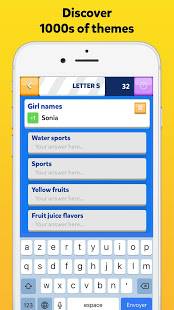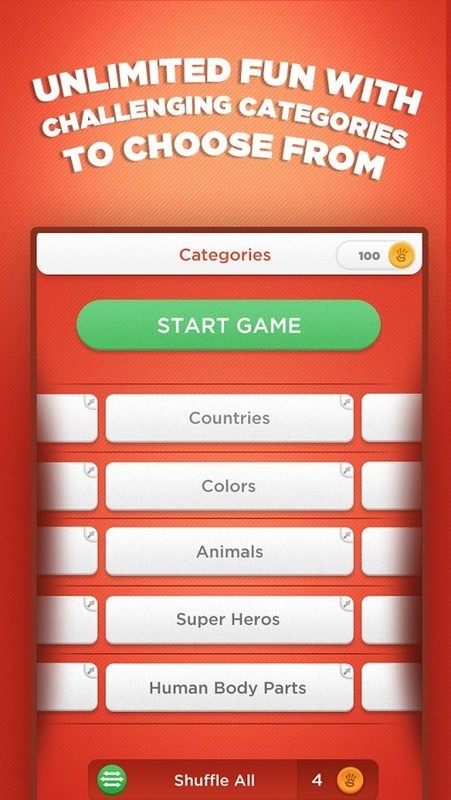
Sony PlayStation, Microsoft Xbox, and Nintendo Switch are all examples of consoles.Ĭontent: Everything that makes up your game, such as assets, components, GameObjects, and scripts.Ĭross-platform: Something that can work or be used on different platforms.Ĭulling: The detection, isolation, and rejection of any unnecessary data in game design.ĭebug: Finding and removing bugs in a game. This is typically done using an object called a hitbox that will either prevent a collision or decide what area needs to be reached to create a collision.Ĭonsole: A type of personal computer specifically built for gaming. The simple act of your playable character standing on a floor in a house requires collision parameters on both the character’s feet and the floor, otherwise, that character would simply fall through the floor.Ĭollision detection: A process that determines when and where an object will “collide” with another object in-game. Unity uses C# (C Sharp) for coding games.Ĭode release: The version of a game that is ready to be sent to console manufacturers for certification.Ĭollision: The action of two objects coming together and touching/striking one another in-game. These are usually used to draw attention to major story points.Ĭlipping: The process of predefining certain areas in a game in which rendering occurs, which optimizes game performance in those selected areas.Ĭlipping region: An area of a game that is optimized for rendering GameObjects and terrain.Ĭode: Computer languages used for creating and defining functionality in software. This does not include playtesting or quality assurance.Ĭinematics/cutscenes: Segments of a game that are not controlled by the player. The process whereby console manufacturers test a game for compatibility with their hardware and distribution platforms. Also known as a “release” or “release candidate.”Ĭert: Certification. Beta releases are occasionally given a limited release to the public for bug reporting and critical feedback.īug: Any development issue that makes a game unenjoyable, unstable, or unplayable in its current state.īuild: Game development lingo for the “version” of a game.
#Video game software categories code
This version of a game contains no major bugs and is on its way to code release. However, imbalanced gameplay is sometimes done on purpose.īeta: A game version that contains all major features and assets. For example, by making sure weapons deal appropriate damage and armor absorbs the damage adequately, as opposed to giving one weapon considerably more power than others, or by making levels too difficult to enjoyably complete. See our What is XR? glossary for details.Īsset: Shorthand for anything that goes into a video game – characters, objects, sound effects, maps, environments, etc.īaking: A method of preprocessing performed on game assets and data to ensure they load and perform well in real-time and do not slow down gameplay due to requiring a lot of processor or GPU capacity.īalance: Creating a stable and predictable gaming experience.


This version of a game is usually circulated internally to test for quality and bugs.ĪR / VR / MR / XR: Augmented / virtual / mixed / extended reality. NPCs are common AI entities.Īlpha: A game version that contains all major features and most assets. AAA (Triple-A): Games that are created and released typically by mid-size or major publishers usually anything that cannot be classified as “indie.”Īgent: An in-game character or object that uses AI to interact with other objects in its environment.ĪI: Artificial intelligence an in-game entity whose functionality is dependent on computer code rather than human input.


 0 kommentar(er)
0 kommentar(er)
